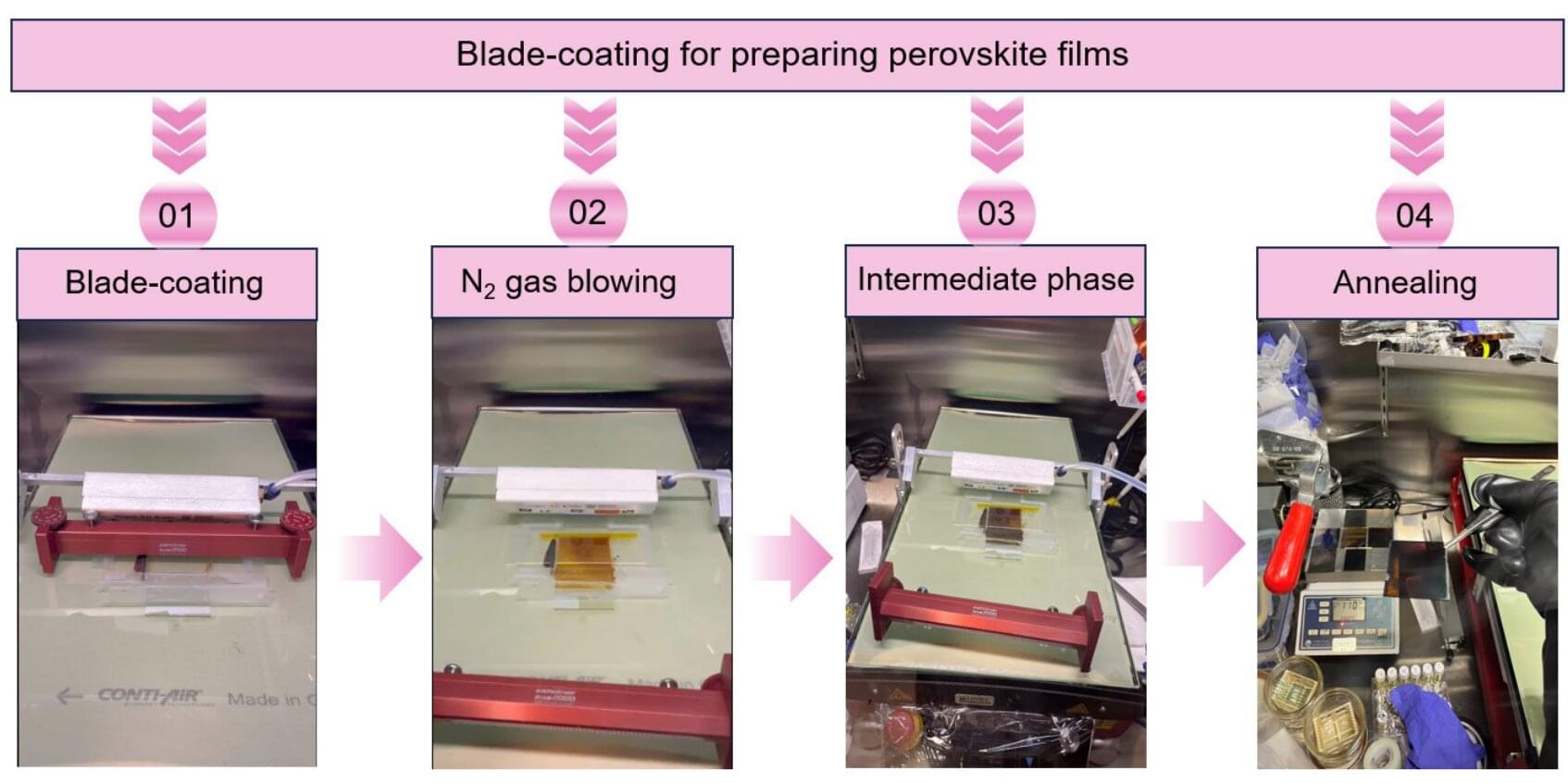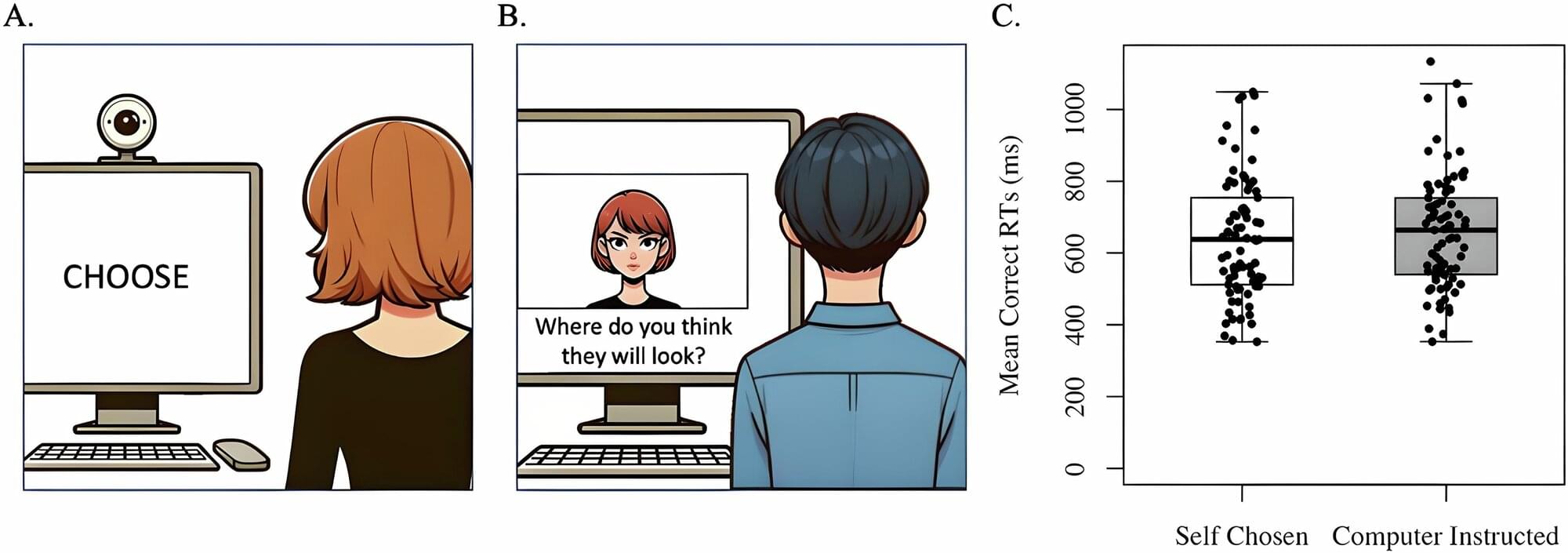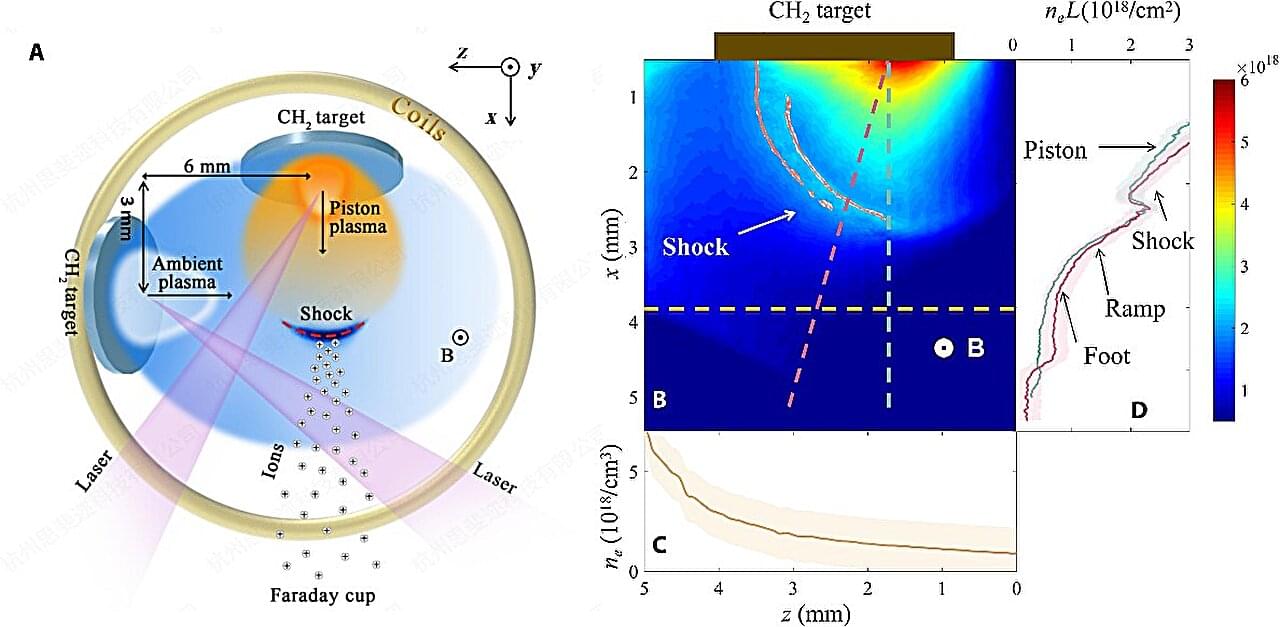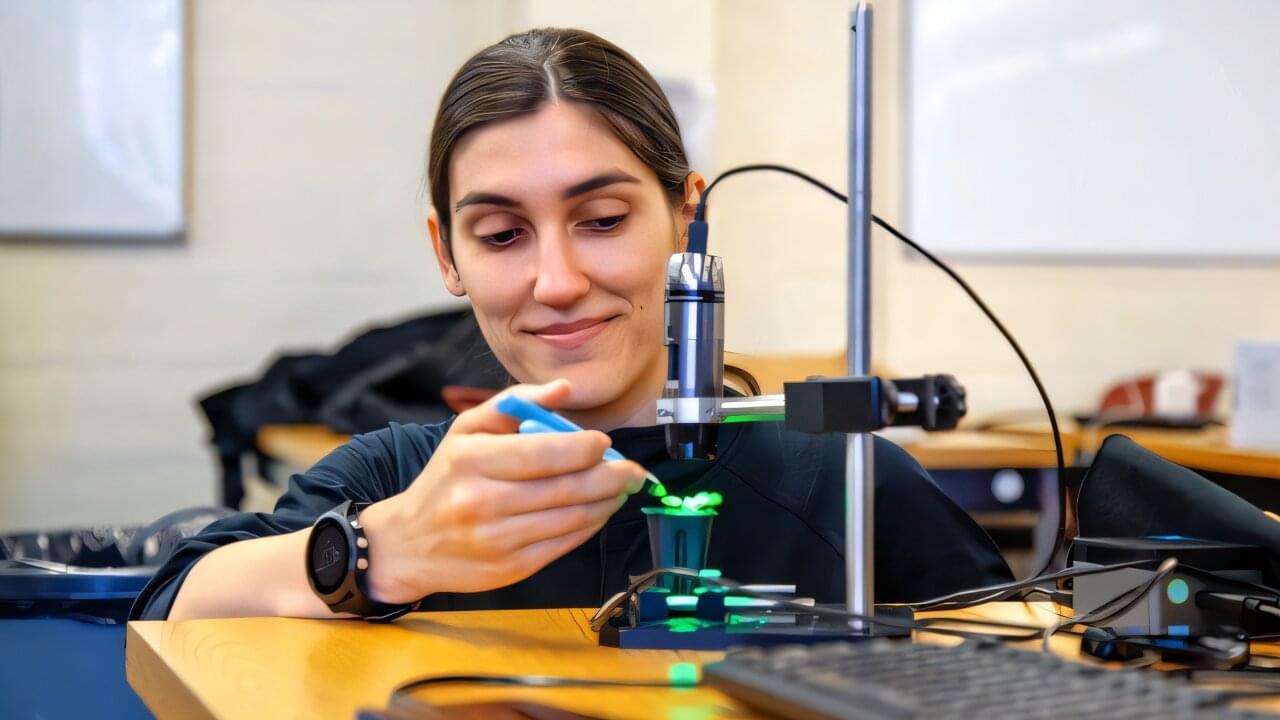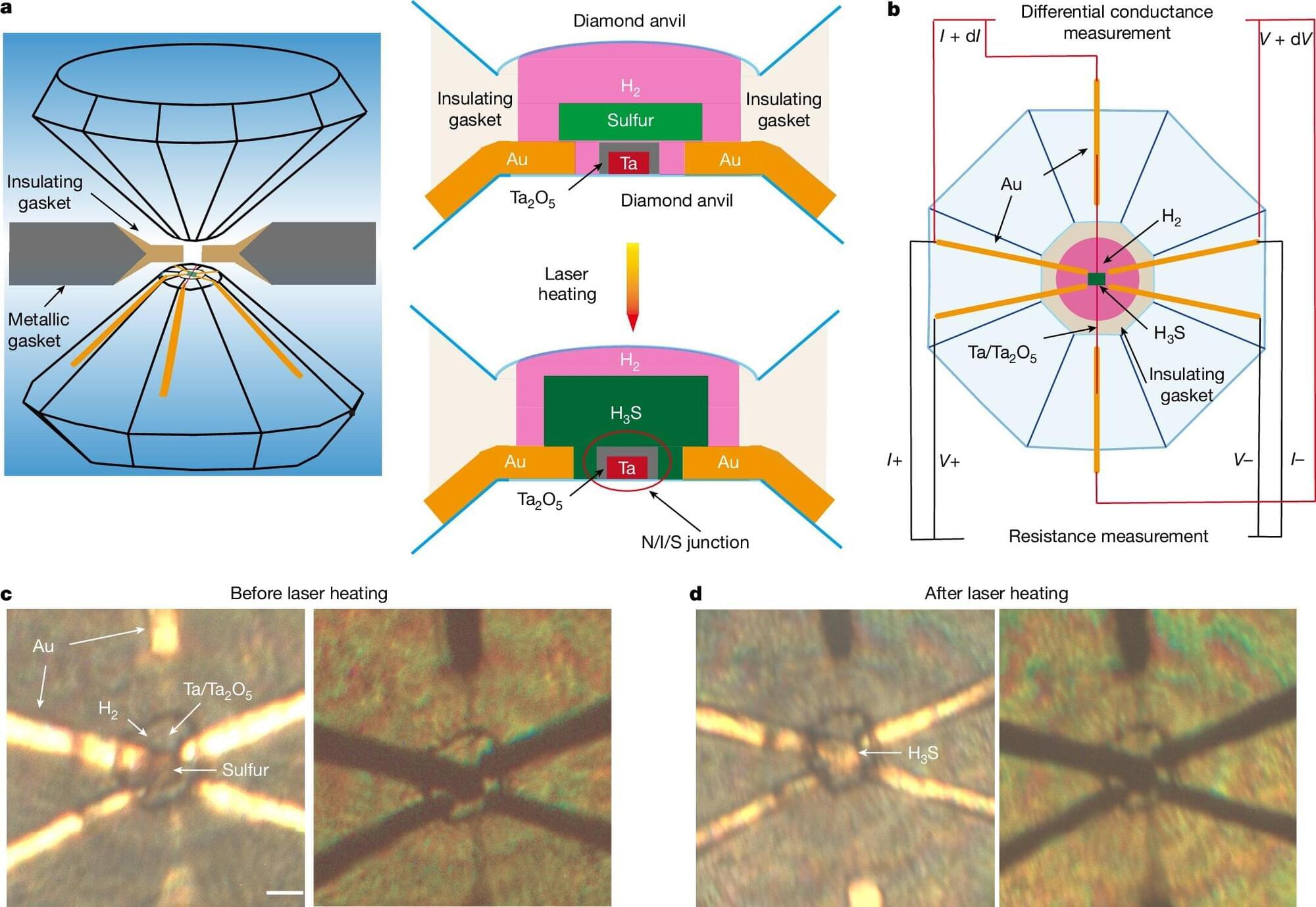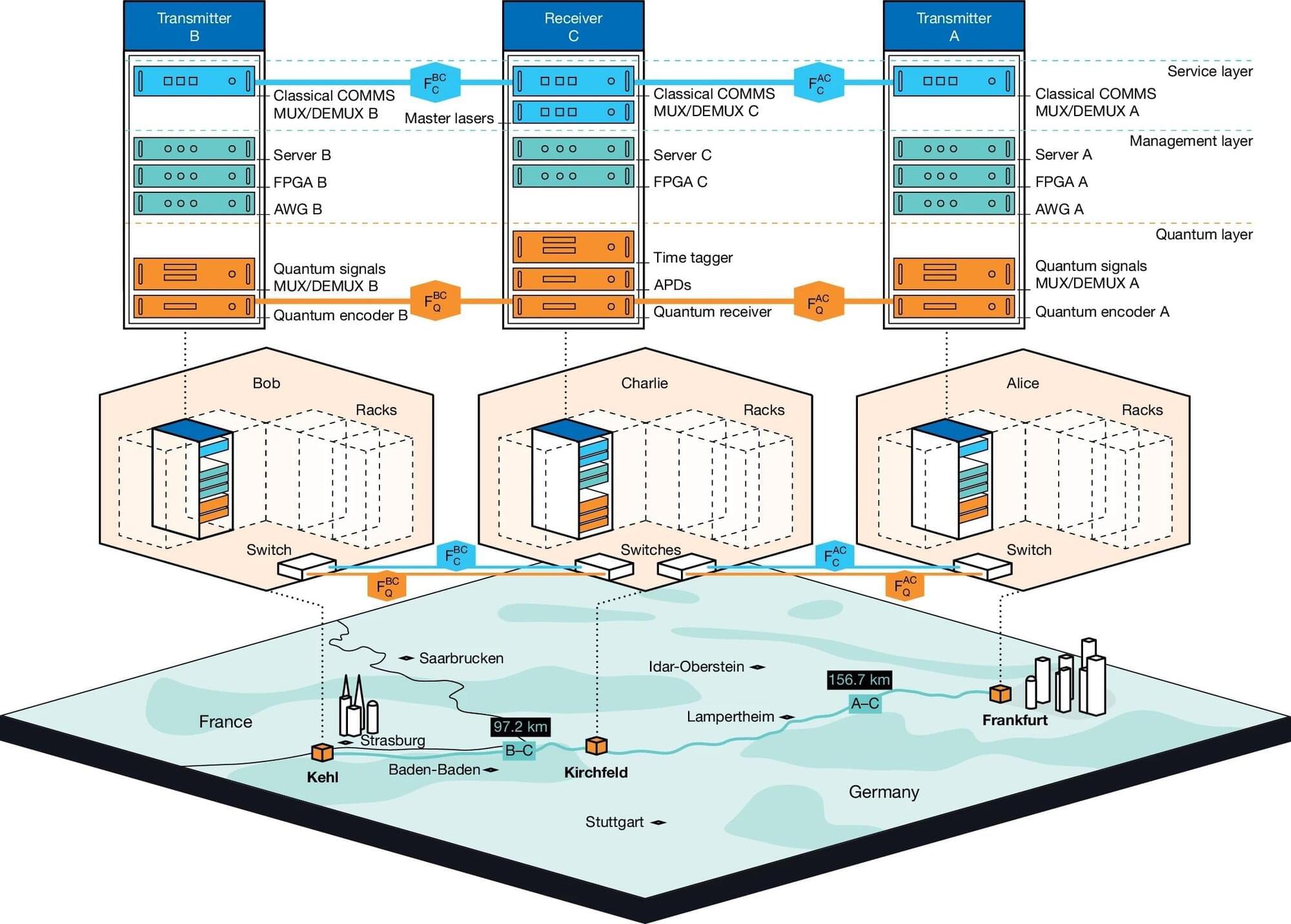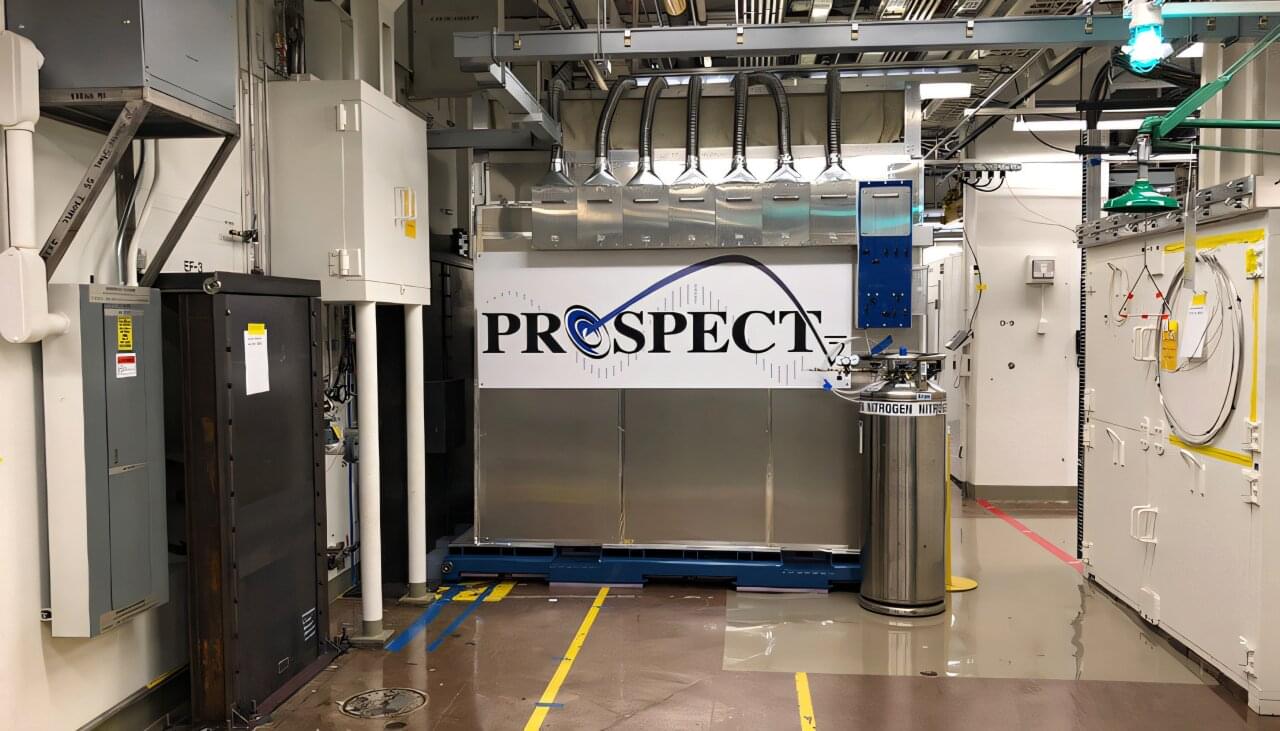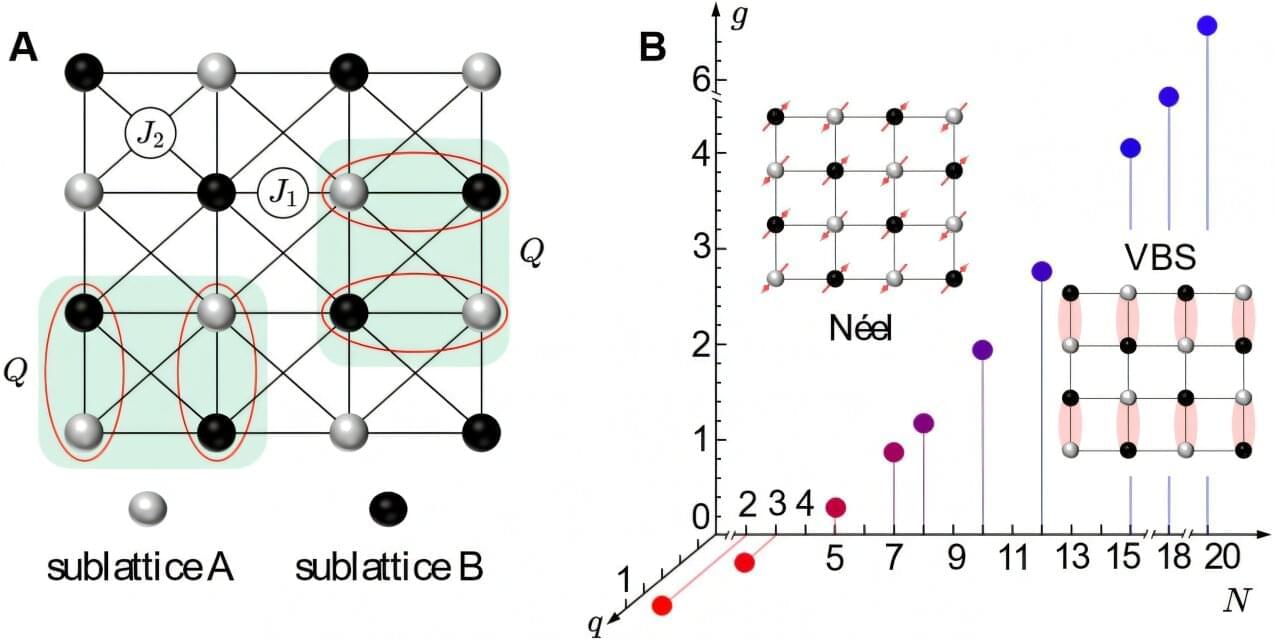A new study in Science shows that the incorporation of a synthetic molecule into the design enhances the energy efficiency and longevity of perovskite solar cells. The benefits of the molecule, known as CPMAC, were found through an international collaboration that included King Abdullah University of Science and Technology (KAUST).
CPMAC is an abbreviation for an ionic salt synthesized from buckminsterfullerene, a black solid made of carbon atoms known as C₆₀. Perovskite solar cells are typically made with C₆₀, which has contributed to record energy efficiency. While preferred, C₆₀ also limits the performance and stability of the solar cells, leading scientists to explore alternative materials.
“For over a decade, C₆₀ has been an integral component in the development of perovskite solar cells. However, weak interactions at the perovskite/C₆₀ interface lead to mechanical degradation that compromises long-term solar cell stability. To address this limitation, we designed a C₆₀-derived ionic salt, CPMAC, to significantly enhance the stability of the perovskite solar cells,” explained Professor Osman Bakr, Executive Faculty of the KAUST Center of Excellence for Renewable Energy and Sustainable Technologies (CREST), who led the KAUST contributions to the research.
